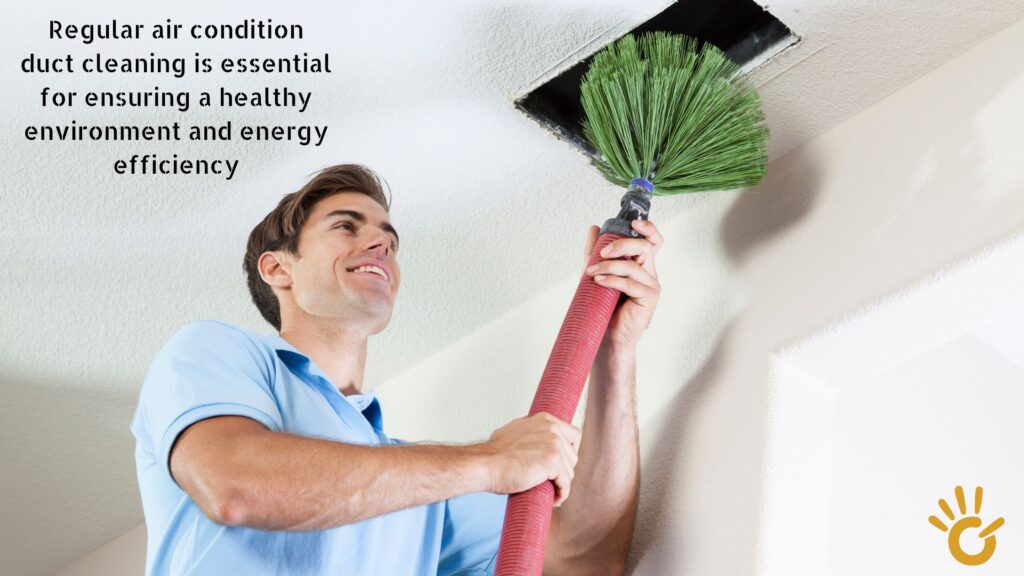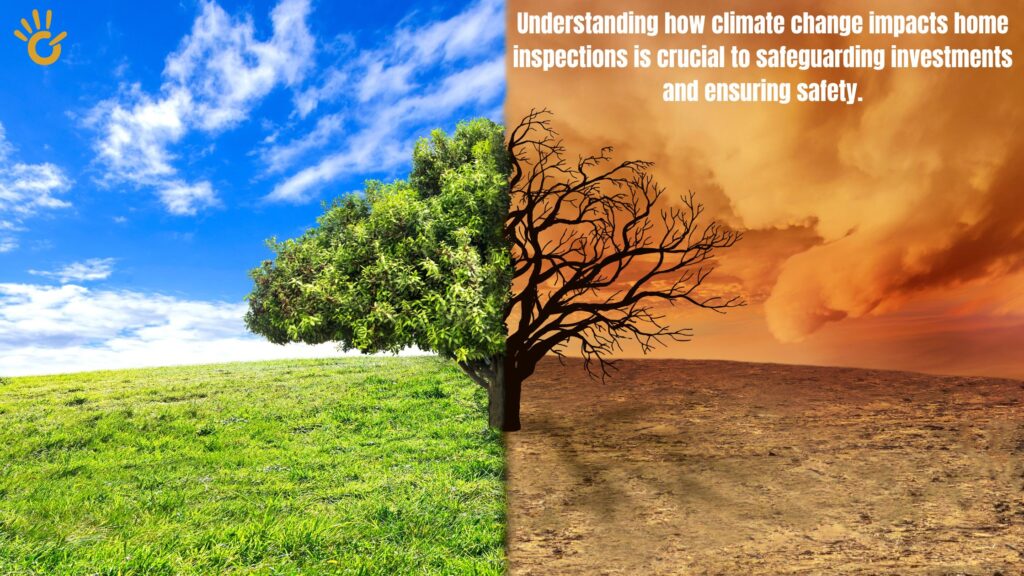Essential Safety Checks for Commercial Buildings – Commercial buildings serve as hubs for business operations, accommodating employees, customers, and valuable assets. Ensuring their safety and structural integrity is critical to maintaining a secure and efficient environment. Regular inspections help prevent hazards, ensure compliance with safety regulations, and protect property investments. Here are the essential safety checks required for commercial building inspections.
1. Fire Safety Systems Inspection
Fire hazards pose a major risk to commercial properties. A thorough inspection includes:
- Fire Alarm Systems: Checking smoke detectors, alarms, and emergency notification systems for proper functionality.
- Fire Extinguishers & Suppression Systems: Ensuring fire extinguishers are available, functional, and compliant with regulatory standards.
- Emergency Exits & Signage: Verifying that exits are well-lit, easily accessible, and equipped with illuminated exit signs.
- Sprinkler Systems: Inspecting fire sprinklers to confirm they are operational and meet local fire codes.
2. Electrical System Safety
Faulty electrical systems can lead to fires and power failures. Inspectors should assess:
- Circuit Breakers & Panels: Checking for overheating, loose connections, or outdated wiring that could cause power surges.
- Wiring & Outlets: Identifying frayed or exposed wires and ensuring outlets are properly grounded.
- Backup Generators: Verifying that emergency power systems function correctly in case of power outages.
- Lighting Systems: Ensuring all lights, especially emergency and exit lights, are operational.
3. Structural Integrity Assessment
A building’s structural soundness is vital for safety and longevity. Inspectors should evaluate:
- Foundation & Load-Bearing Walls: Checking for cracks, settling, or shifting that could indicate serious problems.
- Roof & Ceilings: Looking for leaks, water damage, or compromised roofing materials.
- Windows & Doors: Ensuring proper sealing, security, and functionality to prevent weather-related damages.
- Floors & Stairways: Identifying uneven surfaces, loose handrails, or slip hazards that could cause accidents.
4. HVAC & Air Quality Inspections
A well-maintained HVAC system ensures energy efficiency and indoor air quality. Inspections should include:
- Air Filters & Ductwork: Checking for dust buildup or blockages that could hinder air circulation.
- Heating & Cooling Systems: Ensuring consistent temperature control and identifying any inefficiencies.
- Ventilation Systems: Verifying that air exchange systems meet health and safety standards.
- Mold & Moisture Control: Detecting mold growth or water leaks that could lead to air contamination.
5. Plumbing & Water Systems Evaluation
Proper water management prevents leaks, contamination, and costly repairs. Inspectors should check:
- Pipes & Drains: Identifying leaks, corrosion, or blockages.
- Water Heaters & Boilers: Ensuring they function efficiently and comply with safety regulations.
- Restrooms & Kitchens: Checking for adequate water pressure, proper drainage, and sanitary conditions.
- Sewer & Waste Systems: Confirming there are no obstructions or health risks related to sewage backups.
6. Elevator & Escalator Safety Checks
For multi-story commercial buildings, elevator and escalator inspections are critical:
- Operational Performance: Testing speed, stopping accuracy, and door function.
- Safety Features: Checking emergency brakes, alarms, and communication systems.
- Maintenance Logs: Ensuring regular servicing records are up to date.
7. Security & Surveillance Systems
A secure commercial building deters unauthorized access and protects occupants. Inspections should cover:
- CCTV & Surveillance Cameras: Ensuring cameras are operational and positioned correctly.
- Access Control Systems: Verifying keycards, biometric scanners, and door locks function properly.
- Security Lighting: Checking for adequate illumination in parking lots, entrances, and hallways.
- Alarm Systems: Ensuring intrusion detection and emergency alert systems work effectively.
8. Workplace Safety & Emergency Preparedness
A safe workplace minimizes liability and enhances employee well-being:
- First Aid Kits & Medical Stations: Ensuring first aid supplies are stocked and accessible.
- Emergency Response Plans: Reviewing evacuation procedures and disaster response strategies.
- Workplace Ergonomics: Evaluating workstations, seating, and common areas for comfort and safety.
Final Thoughts– Essential Safety Checks for Commercial Buildings
Regular safety inspections in commercial buildings are essential for compliance, security, and operational efficiency. By addressing potential hazards early, property owners and facility managers can prevent accidents, avoid costly repairs, and ensure a safe environment for everyone. Partnering with certified inspectors ensures thorough evaluations and long-term peace of mind. Investing in regular safety checks is not just a regulatory requirement—it’s a commitment to protecting lives and assets.



